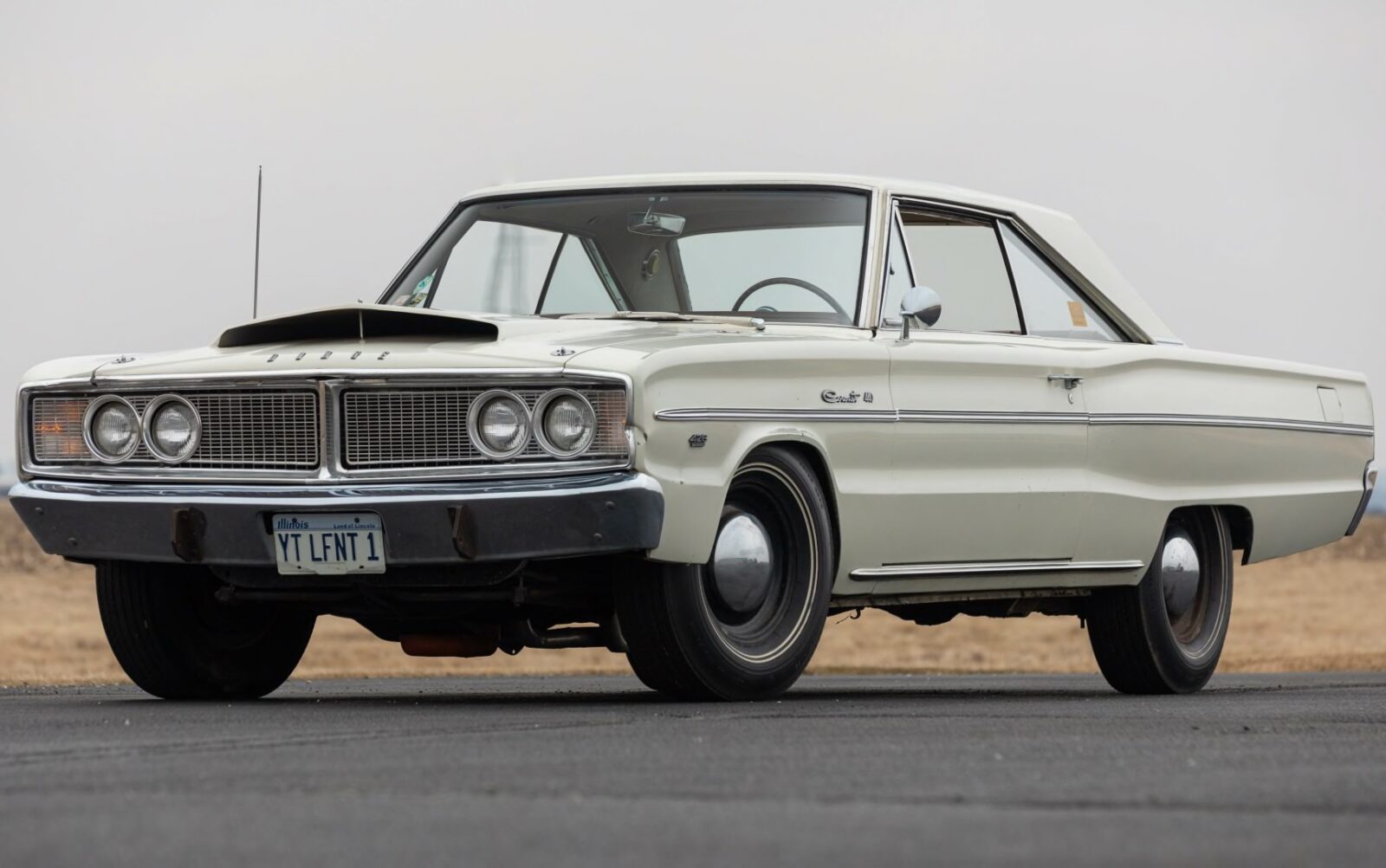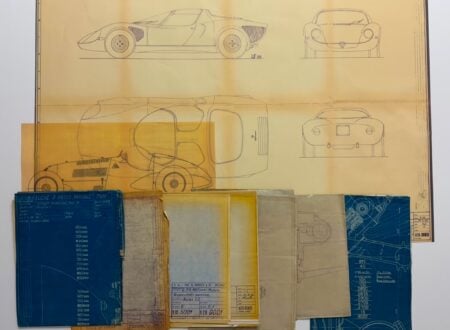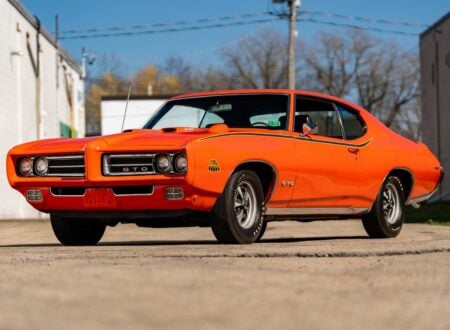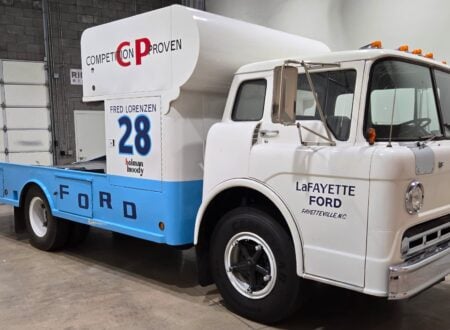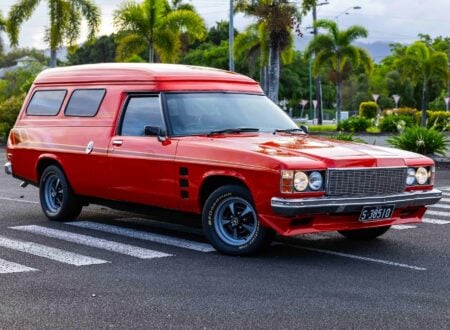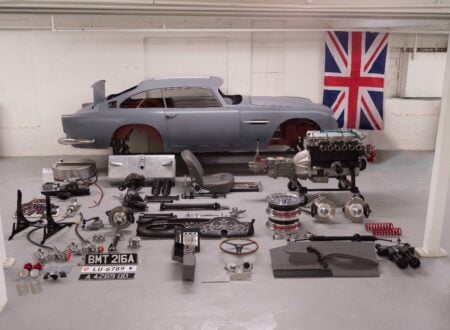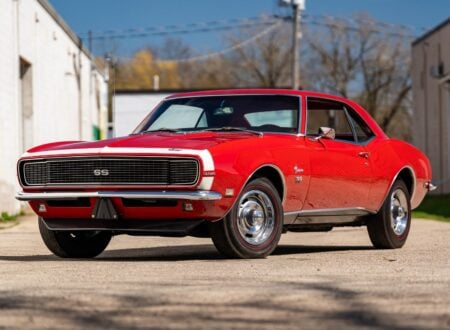This is “The White Elephant,” it’s a 1966 Dodge Hemi Coronet 440 that became a legend in 1967 when it became a class champion at the World Series Of Drag Racing. It’s also one of just 288 Hemi 4-speed Coronets produced for the 1966 model year.
A large part of this car’s success was down to the 426 Hemi under the hood, a 7.0 liter V8 that’s capable of 425 bhp and 490 lb ft of torque, however it’s been shown that both of these numbers were under reported, with the cars actually making over 433 bhp.
Fast Facts – Dodge Hemi Coronet 440
- Despite the “Coronet 440” name implying the fitment of Chrysler’s 440 cubic inch (7.2 liter) V8 this car was actually factory fitted with the 426 Hemi. It was the only engine upgrade option for the Coronet 440, which was often ordered with the 440 V8. Despite the difference in displacement the Hemi engine was considerably more powerful, producing 425 bhp to the 440 engine’s 375 bhp.
- The Dodge Coronet was a model sold by the American automaker over seven generations between 1949 and 1976. It was initially introduced as the highest trim line and then moved to the lowest level by the third generation. It was then reintroduced in the 1960s as an intermediate model.
- The Chrysler 426 Hemi engine was only officially available in the Dodge Coronet 440 in the year 1966, after which time it was restricted to Chrysler’s muscle cars – the Dodge Charger, Coronet R/T, and the Plymouth Belvedere GTX.
- The car you see here was nicknamed “The White Elephant” due to its prodigious presence on drag strips during the 1967 World Series Of Drag Racing. It would go on to dominate its class and become a class champion.
The Dodge Coronet
The Dodge Coronet is an automobile that was produced by the Dodge division of Chrysler Corporation between 1949 and 1976, and its history can be divided into seven distinct generations.
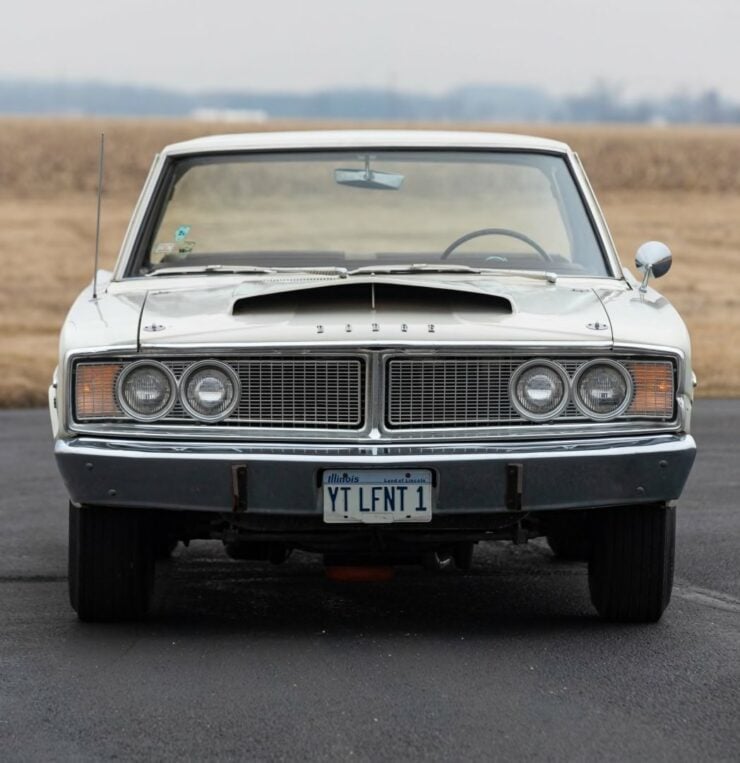

The first generation of the Coronet was introduced as a full-size car with a 6-cylinder engine in 1949. It was positioned above the entry-level Wayfarer and mid-level Meadowbrook. The design featured a two-piece windshield, full-width rear window, and a simplified grille.
In 1953, the second generation Coronet appeared, it had a redesigned body, with a wider grille, updated taillights, a one-piece windshield, and new side trim. It was also available with a new Hemi V8 engine, known as the “Red Ram,” which improved performance significantly.
The third generation Coronet was released in 1955, adopting a more aggressive look with a wraparound windshield and longer, lower body. A two-door hardtop and convertible were added to the lineup. The Coronet continued to evolve during this period, with engine and transmission options continuing to expand.
Coronet production had ended in 1959 however it made a comeback in 1965 when it returned as a mid-size car, sharing a platform with the Plymouth Belvedere and Satellite.
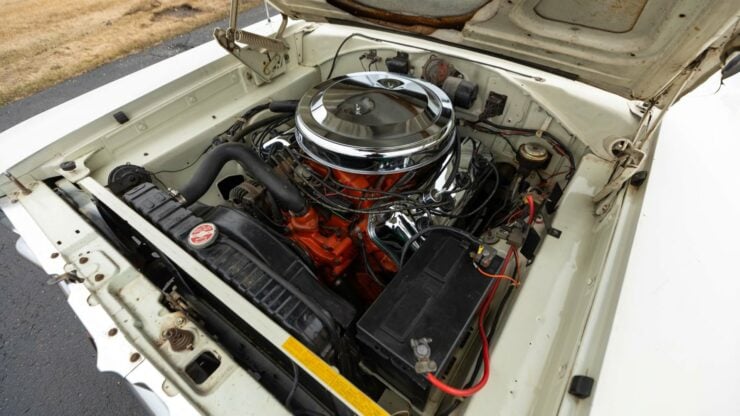

This generation saw the introduction of performance-focused models, including the R/T (Road/Track) and Super Bee. The Coronet R/T featured a 440 cubic inch V8 engine and optional 426 Hemi engine. The Super Bee was a budget performance option, featuring a 383 cubic inch V8.
The Coronet underwent another redesign for 1971, with a focus on safety and emission standards. It was available in several body styles, and engine options ranged from a 3.7 liter inline-six to a 7.2 liter V8.
The seventh and final generation saw the Coronet adopting the updated B-body platform and being offered only in a four-door sedan and station wagon body styles until 1975 when a Dodge Coronet 2-door option returned. Engine options included a 3.7 liter inline-six, a 5.2 liter V8, and a 5.9 liter V8.
After 1976, the Coronet was discontinued and replaced by the Dodge Monaco in the model range.
The 1966 Dodge Hemi Coronet 440 Shown Here
The car you see here is one of the most special surviving examples of the Dodge Coronet 440 in existence, if not the most historically significant outright.
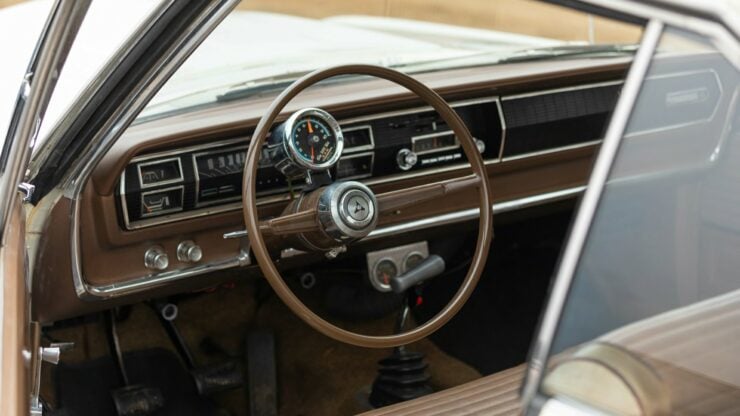

There was only one model year when you could order a Dodge Coronet 440 with the 426 Hemi under the hood in place of the 440 cubic inch (7.2 liter) Magnum V8 for which many believed the model had been named, and that model year was 1966.
After 1966 the high-end Hemi V8 could only be ordered in the more upmarket, high-performance cars in the model range like the R/T and the Super Bee.
The original owner of this car was one of just 288 individuals to order their 440 Coronet with both the Hemi V8 and the 4-speed manual transmission, resulting in the fastest possible factory-built version of the model.
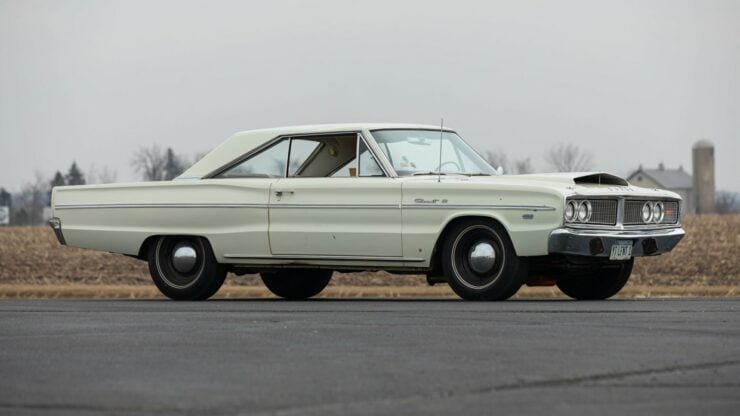

In 1967 this car gained its nickname “The White Elephant” after it took part in the World Series of Drag Racing at the Cordova Dragway in Cordova, Illinois. This vehicle became a class champion, and the 1967 World Series of Drag Racing Class Champion trophy is still with the car to this day.
It’s likely that the car’s nickname came from the large hood scoop which was fitted to get as much cool air into the engine bay as possible, the front of the scoop looks a little like the two nostrils in the end of an elephant’s trunk.
The car is now due to cross the auction block with Mecum in mid-May. It’s accompanied by service receipts totaling $4,845 USD from Mopar City in Oregon, Illinois, a “Hemi Performance Tuning and Modification Tips” manual, as well as spare parts and extra Firestone tires.
If you’d like to read more about this unusual Coronet or register to bid you can visit the listing here.
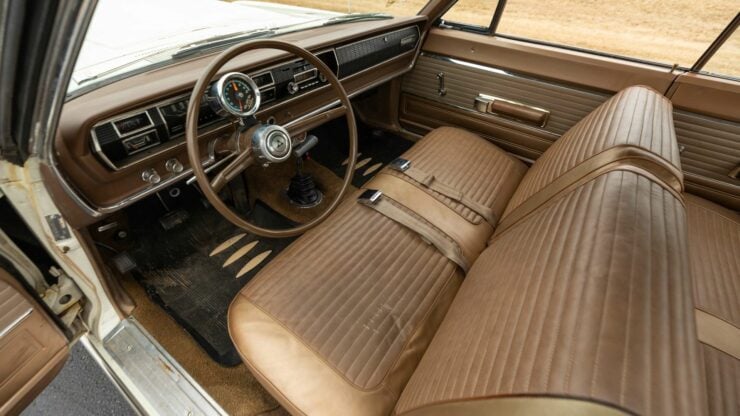
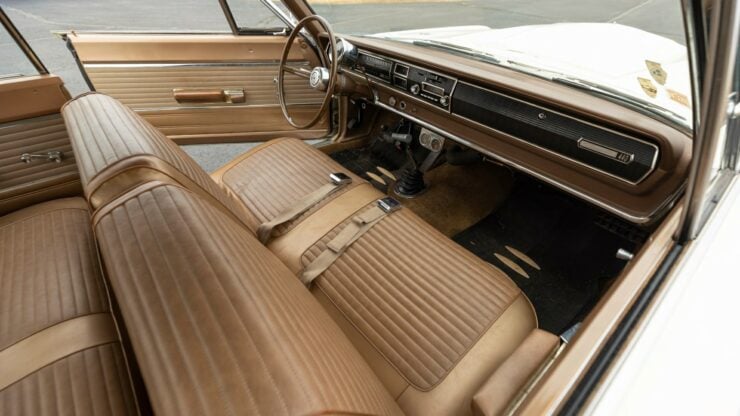
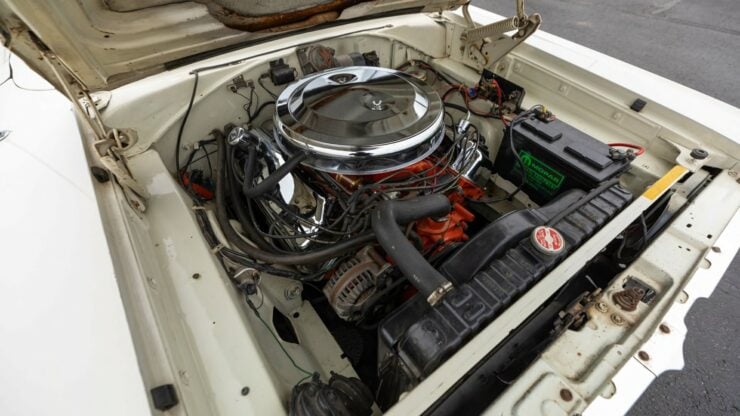
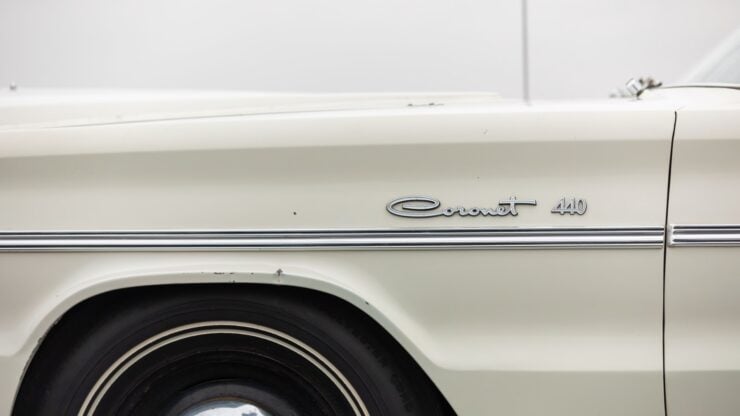
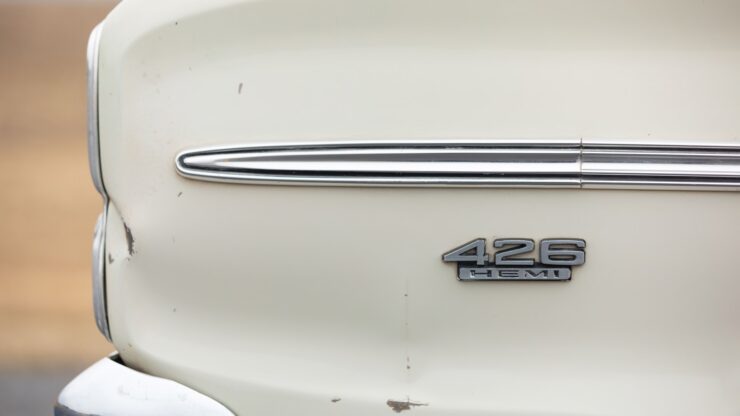
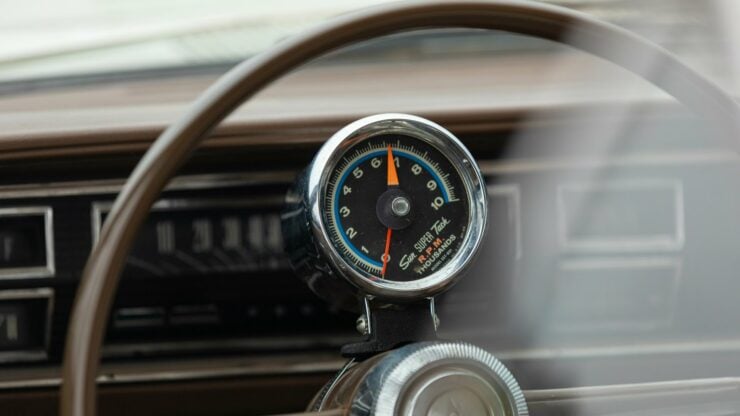
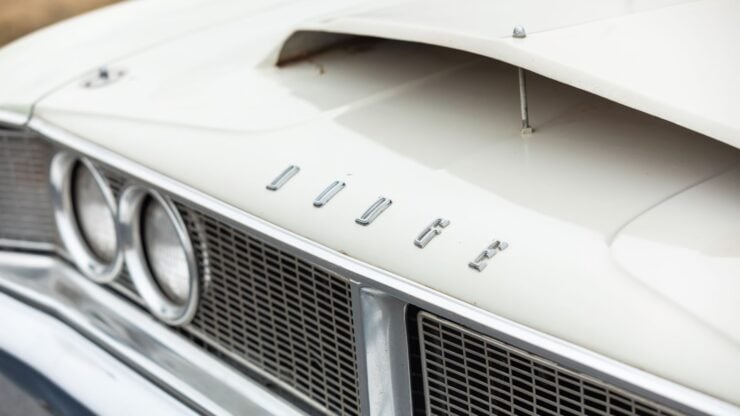
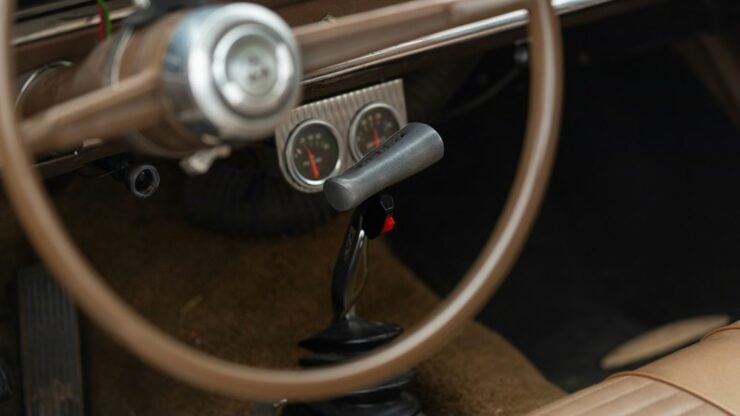
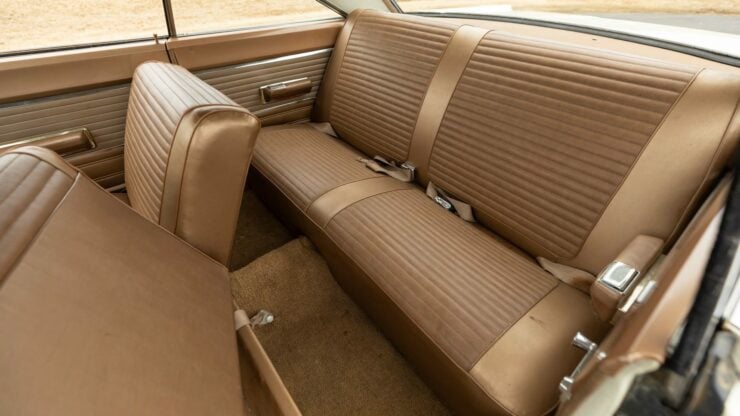
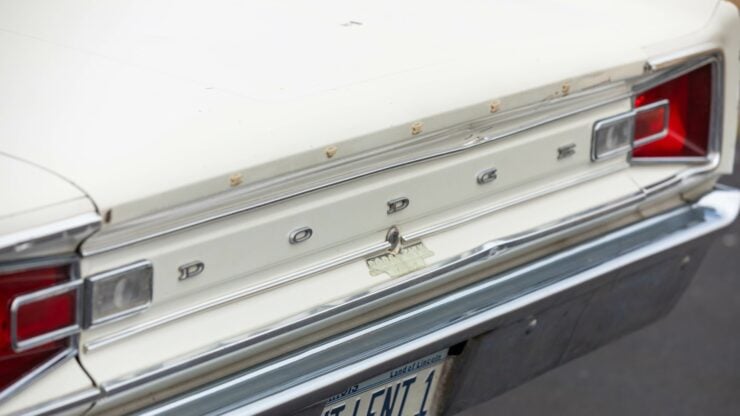
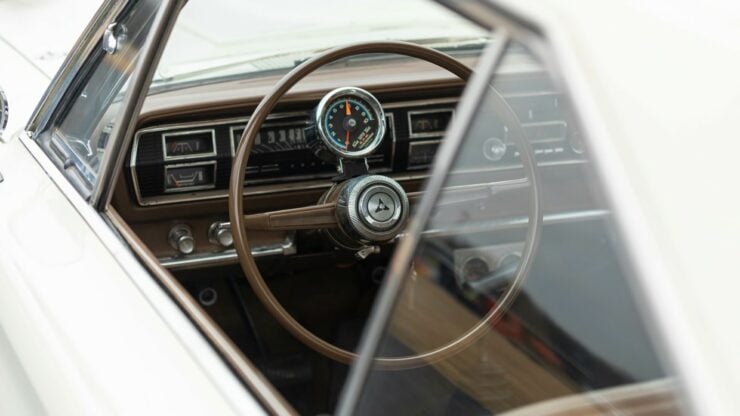
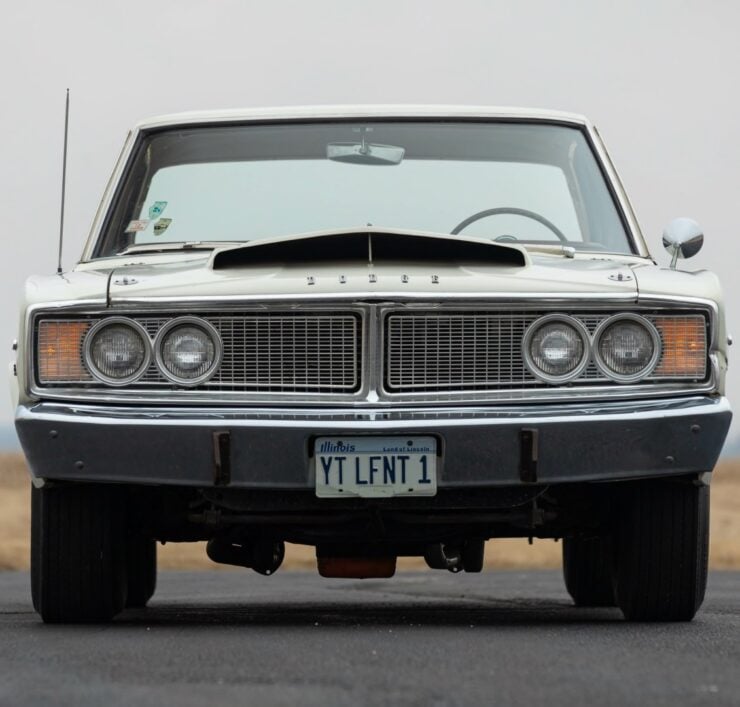
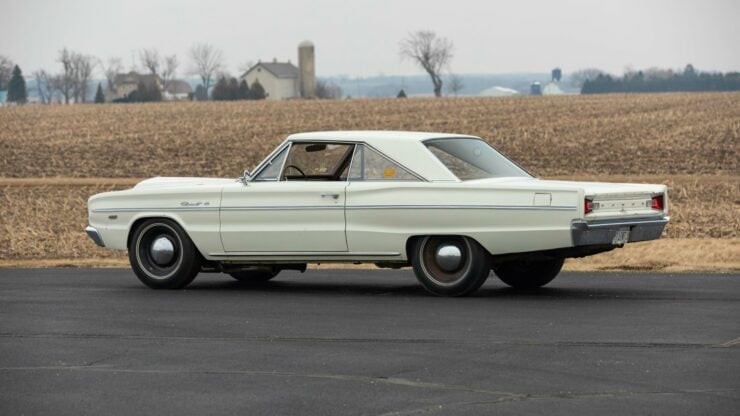
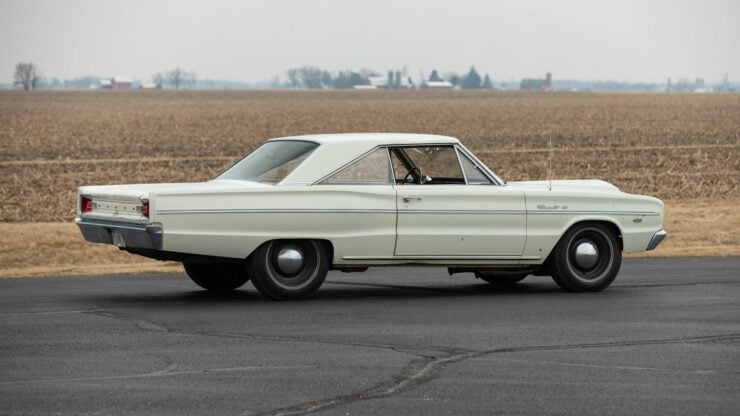
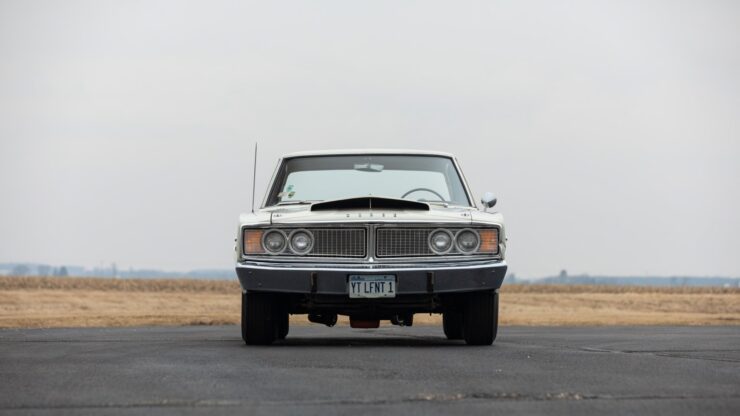
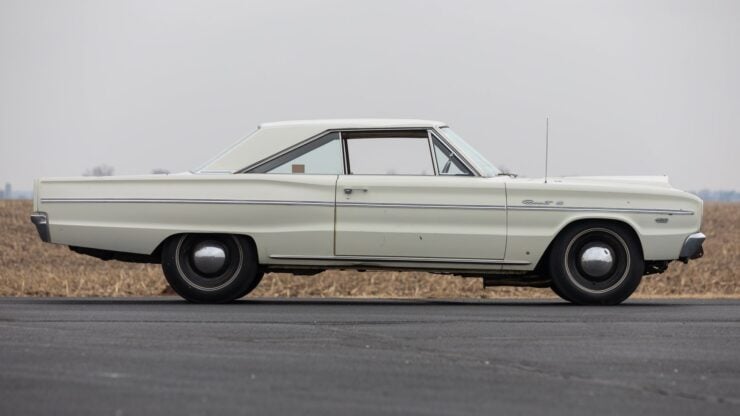
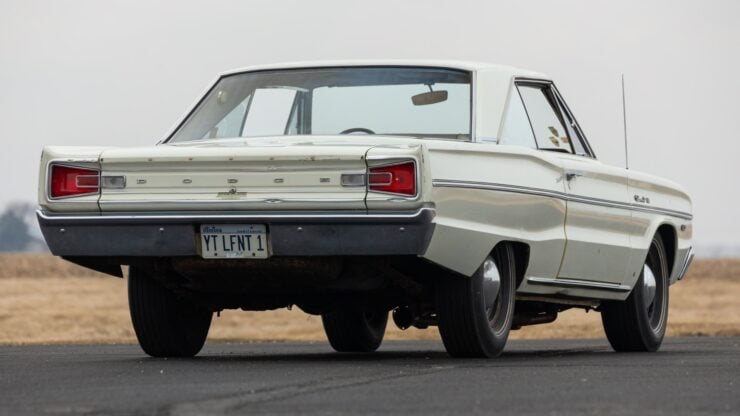
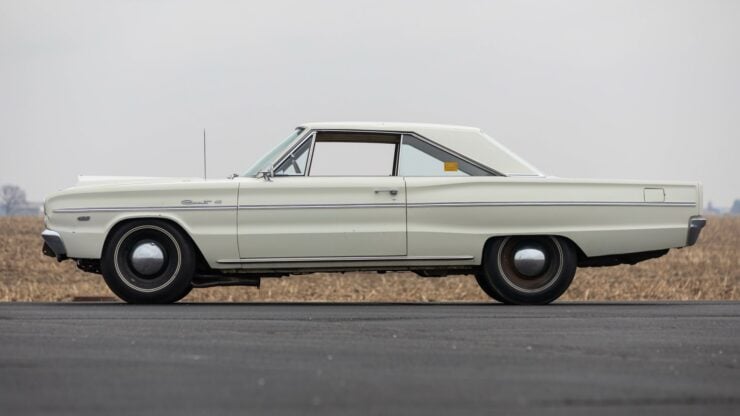
Images courtesy of Mecum

